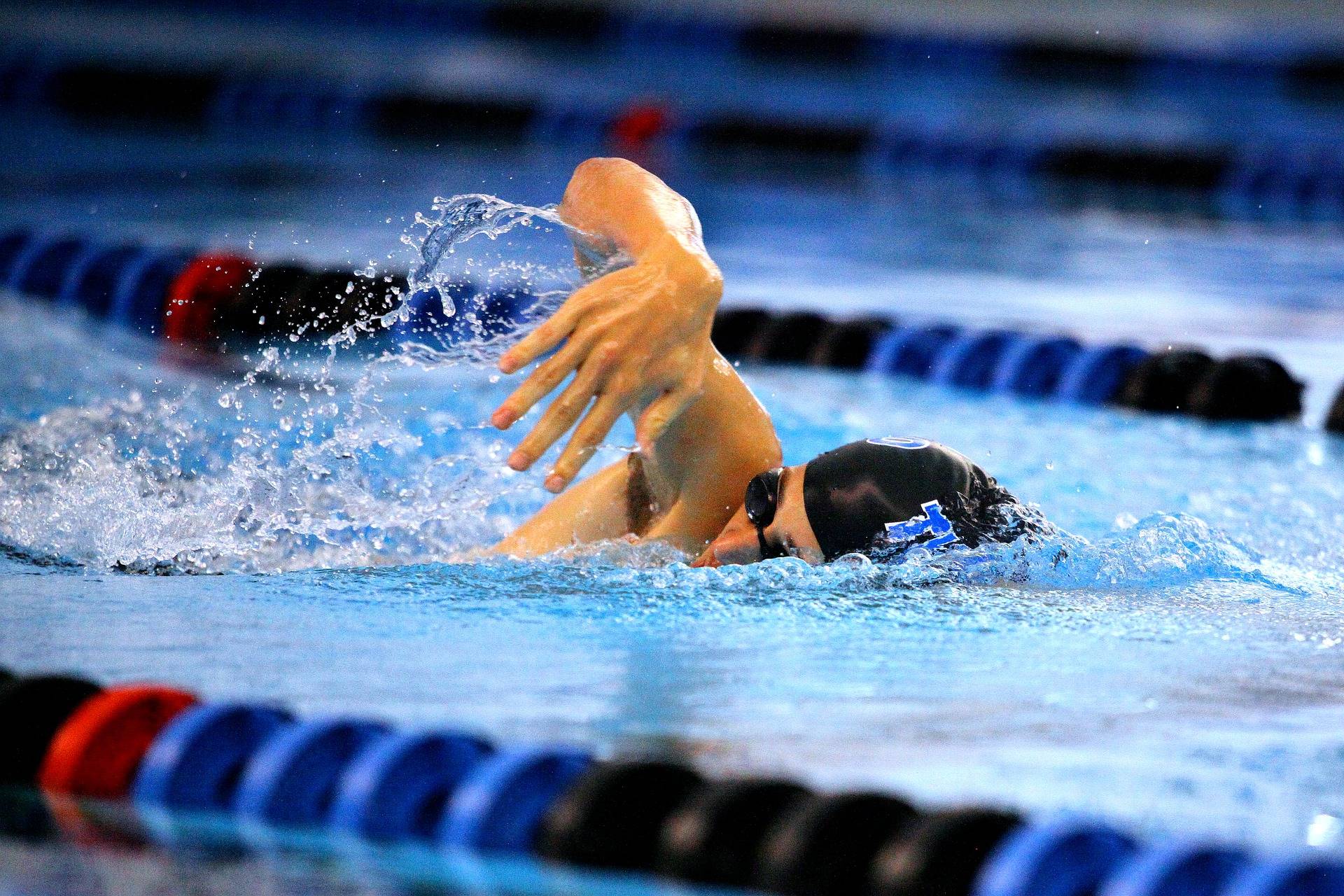Wie soll man trainieren, um ein bestimmtes Zeitziel im Wettkampf schwimmen zu können? Dazu spielt das richtige Tempo eine Rolle und das ist auch schon im Training wichtig. Unser Beitrag soll euch zeigen, wie ihr eurer Intervalltempo richtig berechnet.
In Schwimmplänen liest man häufig, dass ein GA1- bzw. GA2-Intervall zu schwimmen ist. Das bedeutet in der Theorie, dass die aerobe Grundlagen-Ausdauer mit ca. 60 Prozent beziehunsgweise die anaerobe Grundlagen-Ausdauer mit circa 80 Prozent der maximalen Schwimmleistungsfähigkeit zu trainieren ist.
Aber wie schnell soll man jetzt in der Praxis konkret schwimmen? Gelten für den Volks-Triathlon bzw. den Ironman dieselben Intervall-Vorgaben?
Folgende Faustformeln helfen euch, genau auf euch abgestimmte Tempo-Vorgaben für euere Trainings-Intervalle zu bestimmen (siehe unten rot-markiert). Ferner könnt ihr damit konkret auf ein bestimmtes Zeitziel im Wettkampf hintrainieren.
1. Gewünschtes Zeit-Ziel festlegen
Zum Beispiel für olympischen Triathlon (1500m) in 25:00 Minuten
2. Ziel-Zeit auf Trainings-Intervalle umrechnen
Für olympischen Triathlon sind 100m, 200m und 400m als Trainingsstrecken empfohlen:
100m: 1:40min (100 Sek) = (25min * 100m * 60Sek) / (1500m)
200m: 3:20min (200 Sek) = (25min * 200m * 60Sek) / (1500m)
400m: 6:40min (400 Sek) = (25min * 400m * 60Sek) / (1500m)
3. Zeit-Faktor einrechnen
Die Distanz und Intensität eines Trainings-Intervalls werden hier berücksichtigt.
100m/GAI: 1:45min = 1:40min / 0,95
200m/GAI: 3:42min = 3:20min / 0,9
400m/GAI: 8:20min = 6:40min / 0,8
100m/GAII: 1:31min = 1:40min / 1,1
200m/GAII: 3:10min = 3:20min / 1,05
400m/GAII: 6:40min = 6:40min / 1
Hier alle Umrechnungs-Faktoren im Überblick
Diese Zahlen sind Empfehlungen, die aus Erfahrungswerten gewonnen wurden. Sollten Sie euch zu langsam oder zu schnell vorkommen, sollten sie nur marginal verändert werden. Eventuell habt ihr auch euren Fitness-Zustand falsch eingeschätzt beziehungsweise euch im Training deutlich verbessert und könnt deshalb euere Zeit-Ziele für den Wettkampf korrigieren.
Viel Spaß beim Rechnen und planen eures Schwimmtrainings.
Zugehörige Kategorien




















